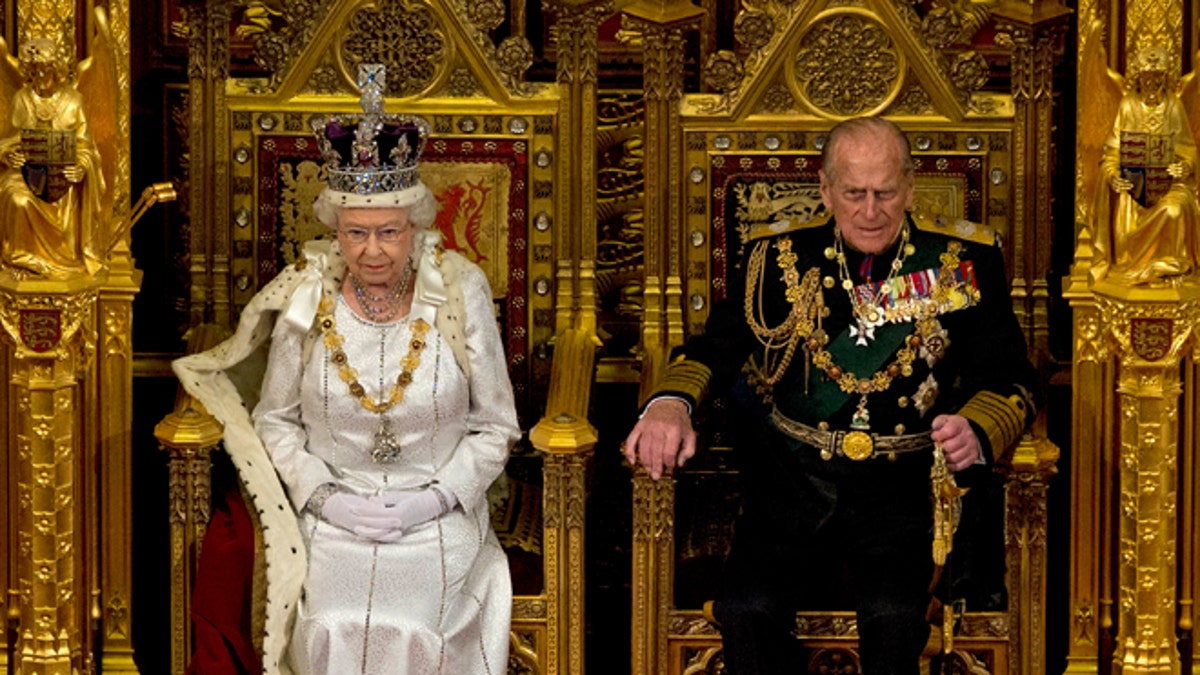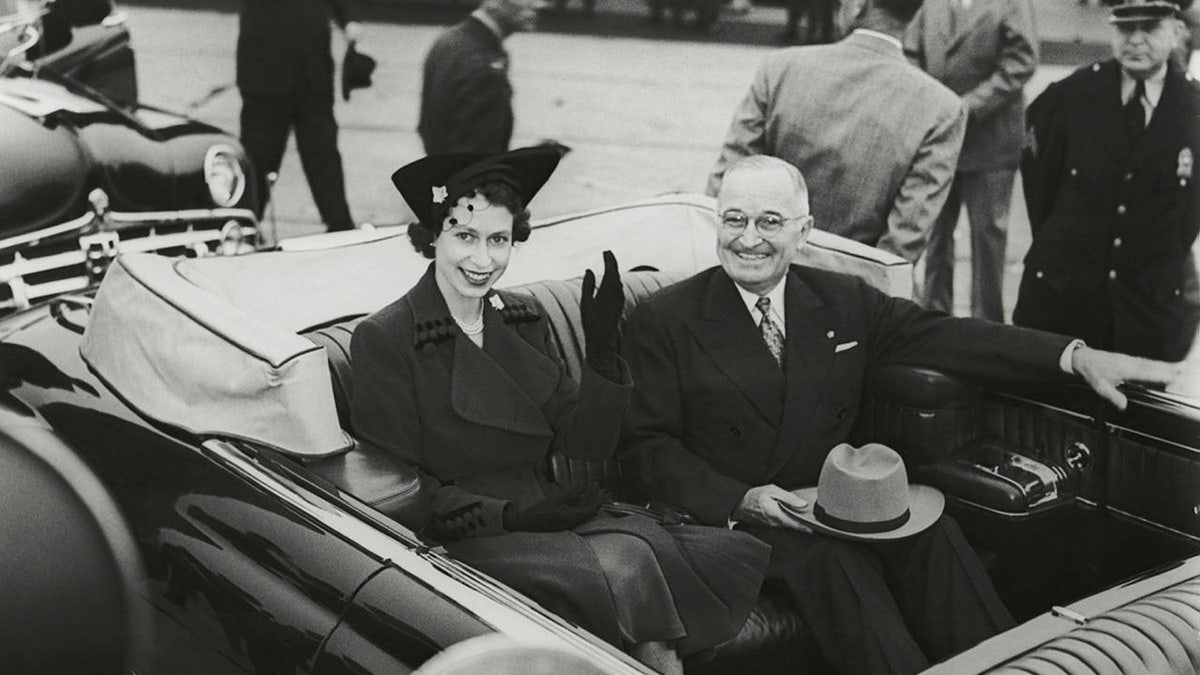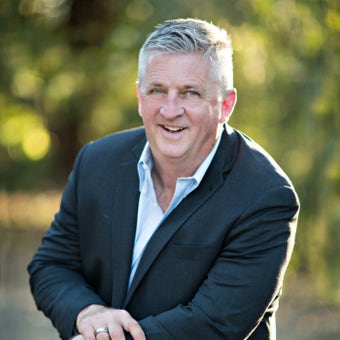The Remarkable Legacy of Queen Elizabeth II
Can Britain meet the challenges of the post-Elizabethan era?
September 13, 1940, was a perfect day for bombing London.
And for launching a future monarch into the spotlight.
Eighty-two years this week. The attacks begin at breakfast. Cloud banks hang low over the city, concealing German aircraft seeking fresh targets. British Spitfire and Hurricanes scramble to intercept the intruders, but Luftwaffe pilots drop their payloads with precision, finally able to see targets clearly after a week of nighttime attacks. Londoners race into the safety of Tube stations, packing subway platforms as bombs rain down. Double-decker red buses pull to curbs. Explosions. Fires. Air raid sirens and anti-aircraft chatter. A final "all clear" does not sound until 4:13 p.m.
But casualties are few. As the bombings end, Londoners lucky enough to own a car pull up to bus stops and call out their destinations, offering stranded strangers a ride home. Compared to the horrific poundings London has taken since "the Blitz" began on September 7, the city is relatively unscathed.
And yet five German bombs that fall just before lunch will make this day quite unforgettable.

May 9, 2012: Britain's Queen Elizabeth II sits next to Prince Philip in the House of Lords as she waits to read the Queen's Speech to lawmakers in London. (AP)
At 11 a.m., a twin-engine Heinkel bomber evades low-level barrage balloons hanging over central London. Buzzing Trafalgar Square just above Nelson’s column and hugging treetop level over St. James Park, the pilot takes aim at Buckingham Palace. The Heinkel bombardier fixes his sights on the prominent balcony at the front of the building. King George VI is in residence. As the Heinkel approaches, the sovereign stands next to a window, so his wife Elizabeth can remove an eyelash stuck to his cornea. The king has adamantly refused to leave London during the bombings, despite Adolf Hitler’s wish that George be murdered, hoping to show solidarity with his subjects.
"All of a sudden we heard an aircraft making zooming noises above us," the king will write in his journal. "Saw 2 bombs falling past the opposite side of the Palace, & then heard 2 resounding crashes as the bombs fell in the quadrangle about 30 yds away. We looked at each other, & then we were out into the passage as fast as we could get there. The whole thing happened in a matter of seconds."
Buckingham Palace is extensively damaged. The Royal Chapel is decimated. A water main is destroyed. Four workers are hurt, one of whom will later die.
Twenty-three miles away at Windsor Castle, George’s daughter – also Elizabeth – princess of Wales, has no idea the bombing is taking place or that it will soon mark her first foray into the role of hands-on monarch – a role she will perfect until her death. Young Elizabeth is still 12 years away from being crowned queen of England. She and younger sister Margaret have been sent to Windsor, spirited out of Britain’s cities like 3 million other children for reasons of personal safety.
For Elizabeth, that life of seclusion is about to end – for good.
As the British public rallies around George VI after the September 13 bombing, the monarch travels throughout London visiting bomb-damaged homes. The people love it. Seeing the surge in public morale, the king seeks to bolster this connection between his monarchy and the British people. He decides that Princess Elizabeth is the answer. George requests she make her first-ever address to the British people. The princess’s audience: children just like herself, separated from their parents during time of war.
On October 18, 1940, speaking on the BBC show "Children’s Hour," in a voice that listeners will describe as "charming" and "lovely," Elizabeth’s address is an enormous success: "Thousands of you in this country have had to leave your homes and be separated from your fathers and mothers," she speaks into the microphone from a Windsor Castle drawing room. "My sister Margaret Rose and I feel so much for you as we know from experience what it means to be away from those we love most of all. To you, living in new surroundings, we send a message of true sympathy and at the same time we would like to thank the kind people who have welcomed you to their homes in the country."
King George VI slowly increases Elizabeth’s royal duties throughout World War II. The teenager is trained to be an active monarch, just like her father, connected with Britain’s people through words and deeds. In 1942, at the age of 16, the princess inspects troops at Windsor Castle in her guise as an honorary colonel of the Grenadier Guards. A year later, she is photographed growing vegetables in her Windsor Castle garden as part of the nation’s "Dig for Victory" campaign to prevent food shortages.

Princess Elizabeth meets with President Harry Truman (National Archives and Records Administration)
In 1944, upon turning 18, Elizabeth steps beyond the bonds of "honorary" and truly joins the military. She enlists in the women’s branch of the British Army, known as the Territorial Auxiliary Services. Rather than allow his daughter to be granted a high rank due to her royal standing, George VI insists that she be treated like any other soldier. Training as a second subaltern, Elizabeth becomes an ambulance driver, learning to fix engines and change tires – all chores she will relish throughout her seven-decade monarchy.
Elizabeth will lean on her father’s dogged refusal to leave London during wartime as an example of steadfast leadership and morale boosting. Most recently, during the COVID-19 pandemic, the queen revived a World War II slogan to rouse her nation: "We should take comfort that, while we may have more still to endure, better days will return: we will be with our friends again; we will be with our families again; we will meet again."
But Queen Elizabeth’s own wartime service molded her sense of duty. "She took immense pride in the fact that she was doing what other girls of her age had to do," royal governess Marion Crawford once commented. "She kept strictly to the routine of the mess, taking her turn with the others as duty officer, doing inspections, and working really hard on the maintenance of cars."
CLICK HERE TO GET THE OPINION NEWSLETTER
The circle of Elizabeth’s World War II service comes full at Buckingham Palace in May 1945. London is celebrating the end of the war in Europe. Princess Elizabeth stands on a balcony overlooking thousands of cheering citizens, standing in her TAS uniform next to Prime Minister Winston Churchill and her parents. It is the same balcony upon which the unnamed Heinkel pilot once aimed his stick of bombs. In 2022, after 70 years on the throne, she will celebrate her platinum jubilee on this platform, standing in almost the exact same spot.
But on the night of that V-E Day celebration in 1945, all that is to come. Elizabeth steps from the balcony, pulls her uniform cap low over her eyes, and wanders with the crowds through London. No one knows it is her. There will later be reports Elizabeth ended up at the Ritz Hotel, where she danced in a conga line "I think it was one of the most memorable nights of my life," she will tell the BBC in 1985.
CLICK HERE TO GET THE FOX NEWS APP
Less than five years before that raucous evening, Elizabeth was a child without responsibilities. An innocent. The notion of speaking to her entire nation, becoming a soldier, fixing an engine, and parading through London with a horde of strangers would have been unthinkable.
September 13, 1940 – and five well-placed German bombs – changed all that.




